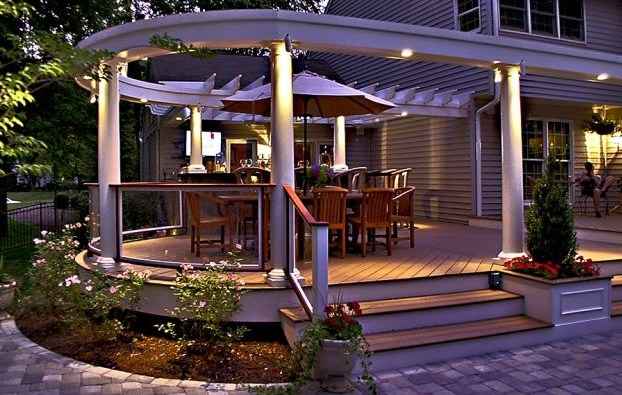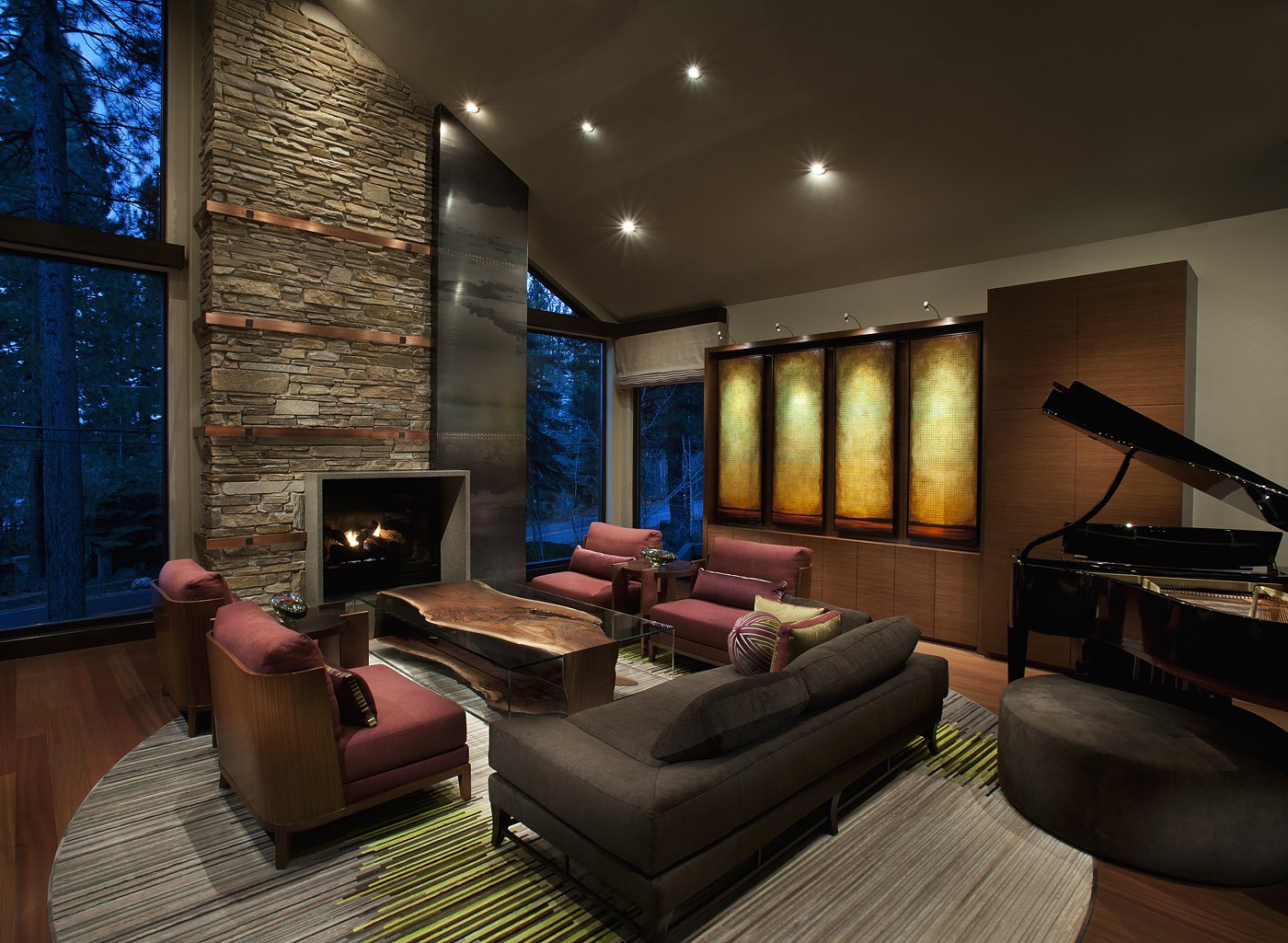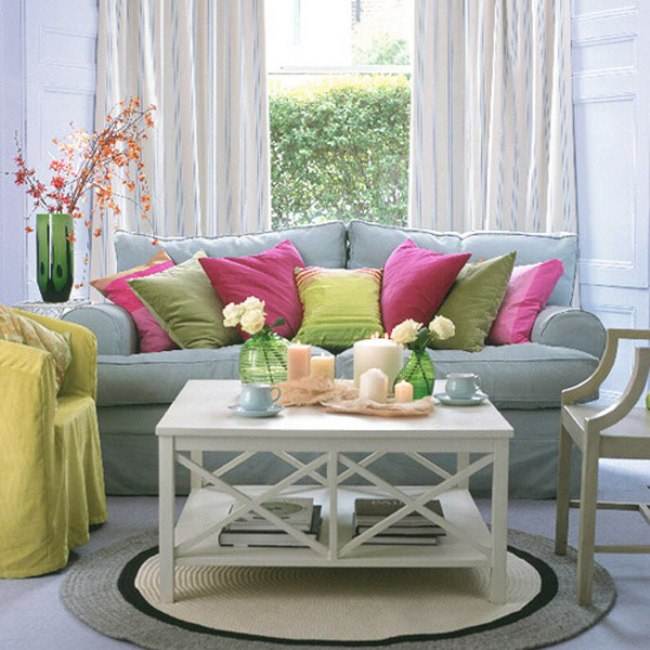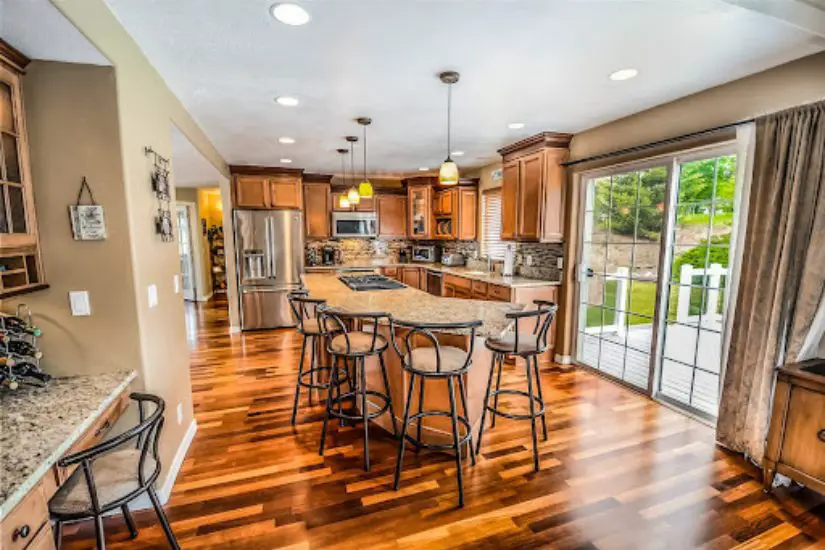Traditionally, interior design has been all about enhancing the space in which we live. Recently, the focus has shifted towards environmentally sustainable interior design and designing with the conscious of preserving finite materials, saving energy and green living. The philosophy of designing physical objects, the built environment and services to comply with the principles of ecological sustainability has been met with new technologies.
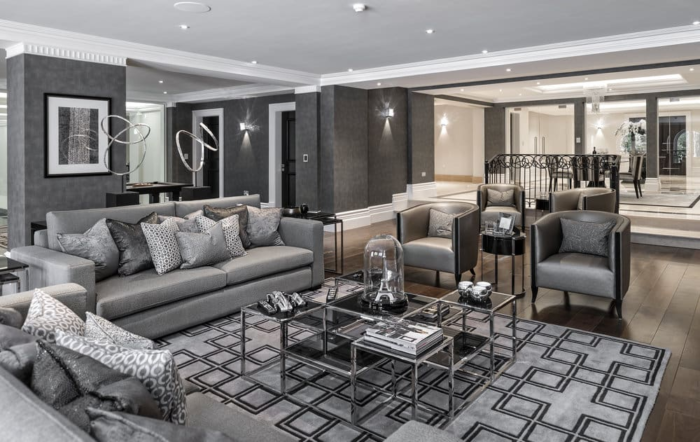
The combination of new materials and technologies has allowed designers like Interiors by Popov to effectively and efficiently produce beautiful and responsible interior designs with less cost and environmental damage.
Thrown into the mixture, we’ve seen an array of emerging trends such as veganism that has helped promote the cause of environmentally responsible interior design (ERID). So how have such trends, materials and technologies joined forces to assist in societies collective aim in minimising climate change and preserving our planet?
New Technologies
3D printing is not novel to 2019, however, the advancements may be. Recently, the technological developments in this design strategy have shaped the industry to such an extent that many believe we are on the cusp of another industrial revolution.

Today, 3D printing is efficient and exciting and where it was once costly and cumbersome, it’s become an essential tool to the interior designer. They are now able to quickly and effectively demonstrate their designs and allow their clients to touch, feel and edit their ideas in miniature form.
The period between idea conception to its implementation is reduced, costs are cut and bulk waste material is saved. This ultimately saves costs for the interior designer and the client. Its a win-win-win for designers, clients and the planet.
French design company., Venture is shaking up the industry with their stunning creations using 3D printing. From lamps and tables, to bar stools and ceiling features, Ventures pieces are intricately detailed and made all the more exciting as they move further away from mass factory production to this revolutionary building technique.
Another existing technology, that has somewhat taken its time to reach interior design is the use of virtual reality (VR). This phenomenon has touched the lives of everyone- whether it’s merely come up in conversation or has been introduced as groundbreaking and industry-changing technology in their own workplace.
VR has glorified gaming, assisted in healthcare, and is now taking centre stage in the interior design industry. It possesses the capacity to let designers walk their clients through a room they’ve created and welcomes people inside architectural ideas, literally.
The use of VR in the design industry cuts prototype manufacturing costs of up to 100% and reduced waste material in doing so. It speeds up communication between designers and clients and optimises the overall planning procedure.
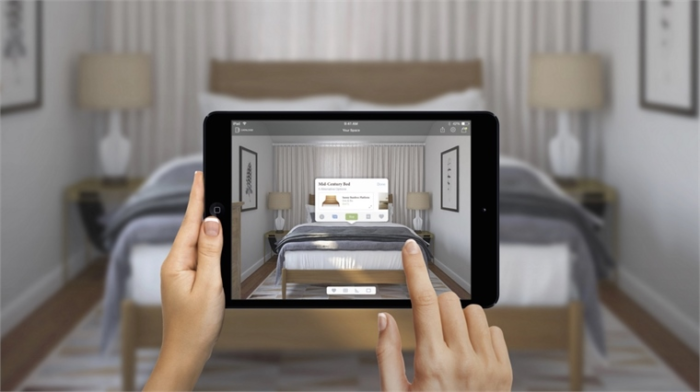
VR technology is still an expensive one-off cost- it requires a powerful computer to process, maintenance costs and often, skilled technicians. Augmented reality (AR) on the other hand, doesn’t stimulate total immersion to a virtual world, quite like VR but rather, fuses the virtual world and the real world together. Placing an overlay of virtual features on top of actual ones has been an effective way to imagine pre-existing designs in the real world.
AR has maintained its crown for being much more accessible than VR. You can download it as an app on your mobile device. As a result, it has become a popular tool for most designers, as the cost of using it is often close to zero.
New Materials meet Technology
As new technologies have emerged, we improved our building strategies accordingly. The development of electric and lighting have gone hand in hand with the history of interior design. One of the most notorious changes of the 21st century in the way we decorate and live within our homes is the sophisticates range of technologies regarding home automation.
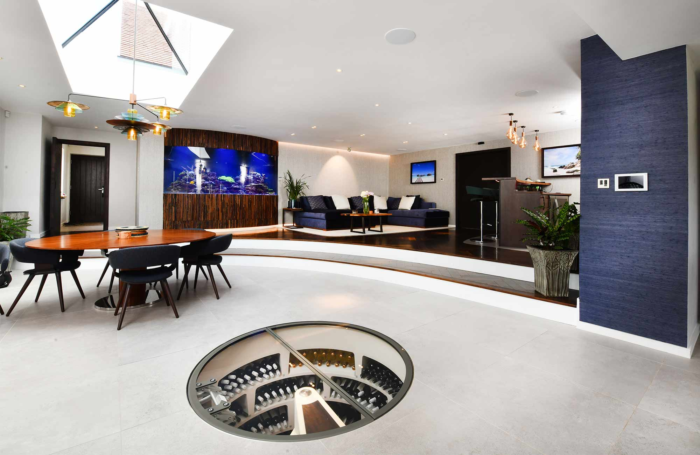
Smart homes, although still expensive have worked collaboratively with materials and technology to produce a better quality of living at the highest energy saving rates possible. From a design point, this option has liberated our interiors of redundant visual clutter and has allowed us to enjoy and utilise materials, lighting, surfaces and colour in a more responsible way.
Modern interior design has come to mean much more than aesthetically pleasing interiors. Technology has expanded to impact everything around us. New materials mixed with old ones, as influenced by new technologies, has changed the way we interact with our built environment. A single material, old or new, now has more than just one role. Glass is no longer glass as we once knew it, but functions as a source of heat, light or electric. Carpets, no longer merely a soft surface to keep our feet warm in the winter, but can be sources of light and heat. Art, as always, remains to be something we experience on multiple levels, but technology has elevated those levels to the highest senses.
Ultimately, the way we see, touch, smell and interact with our homes is in a constant state of change. Modern interior design, therefore, is entangled in this ever-evolving process.
Conscious Design
The collective interest in sustainable design has increased as consumers grow wary of environmental and social marks they leave behind. The combination of multifunctional materials and technology is set to change the future of the industry as more and more designers favour interiors with a conscious.

